Search
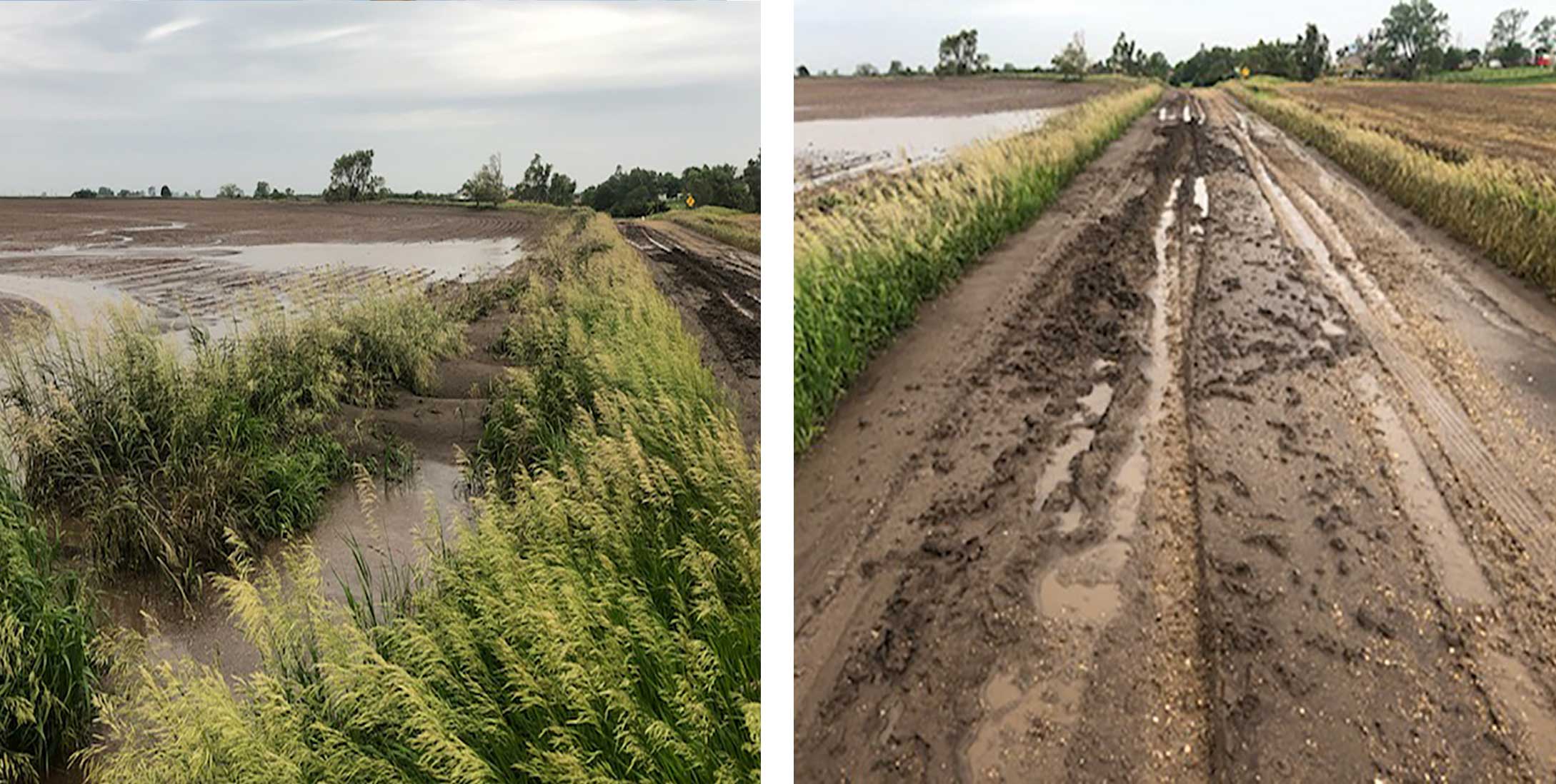
Multiple Rounds of Severe Weather Bring Heavy Rainfall, High Winds, and Soil Erosion
A combination of tillage, no residue, and lack of crop canopy can lead to severe erosion and topsoil loss in the face of extreme weather patterns in the spring. The most effective strategy for producers to adapt to these extreme events is to improve soil health.
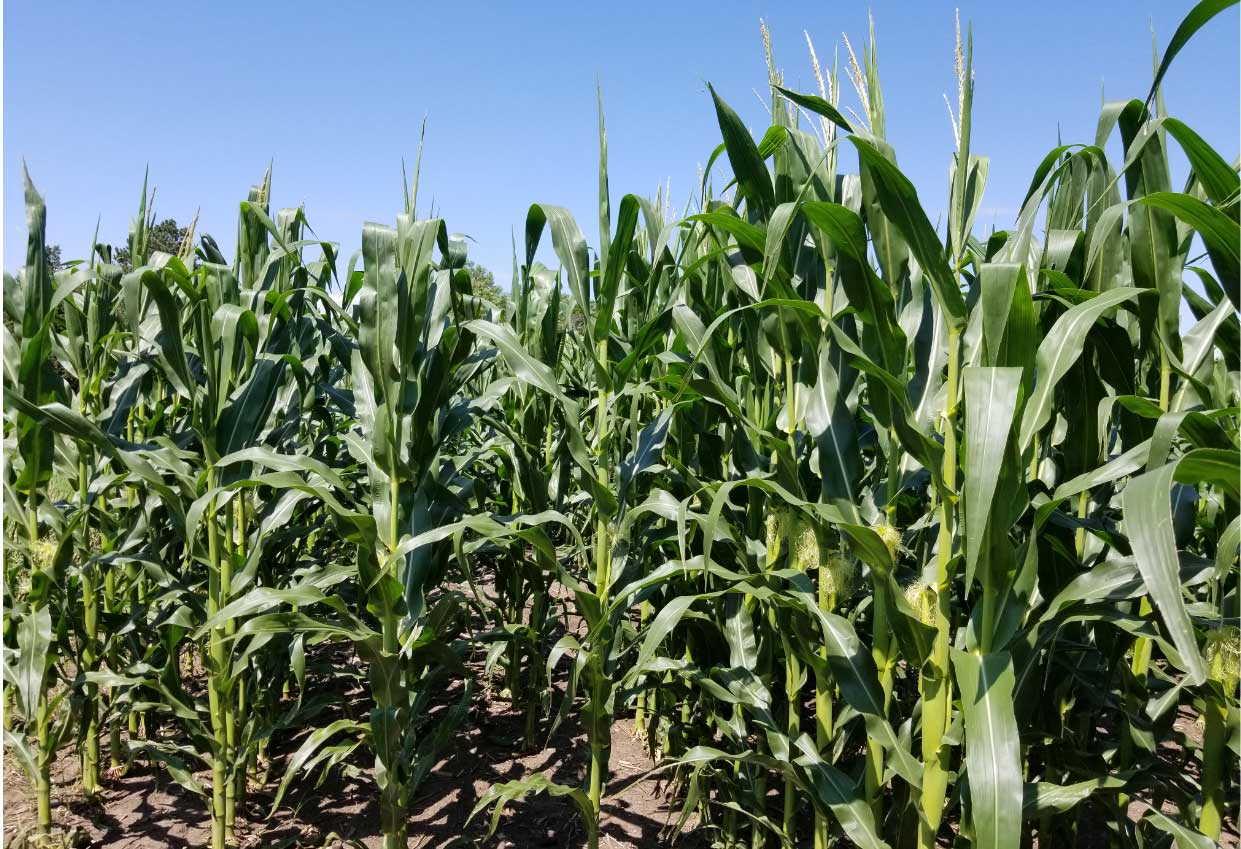
Flowering in Corn
Corn is at or near the most critical growth condition. Successful flowering and pollination are very important in determining the fate of the kernel setting and development. This article summarizes the pollination process and the effects of dry, hot conditions on pollination.

South Dakota Mesonet Weather Station at Eagle Butte Returns to Service
July 15, 2020
The South Dakota Mesonet at South Dakota State University has reactivated its weather station near Eagle Butte with the support of the Cheyenne River Sioux Tribe Telephone Authority.
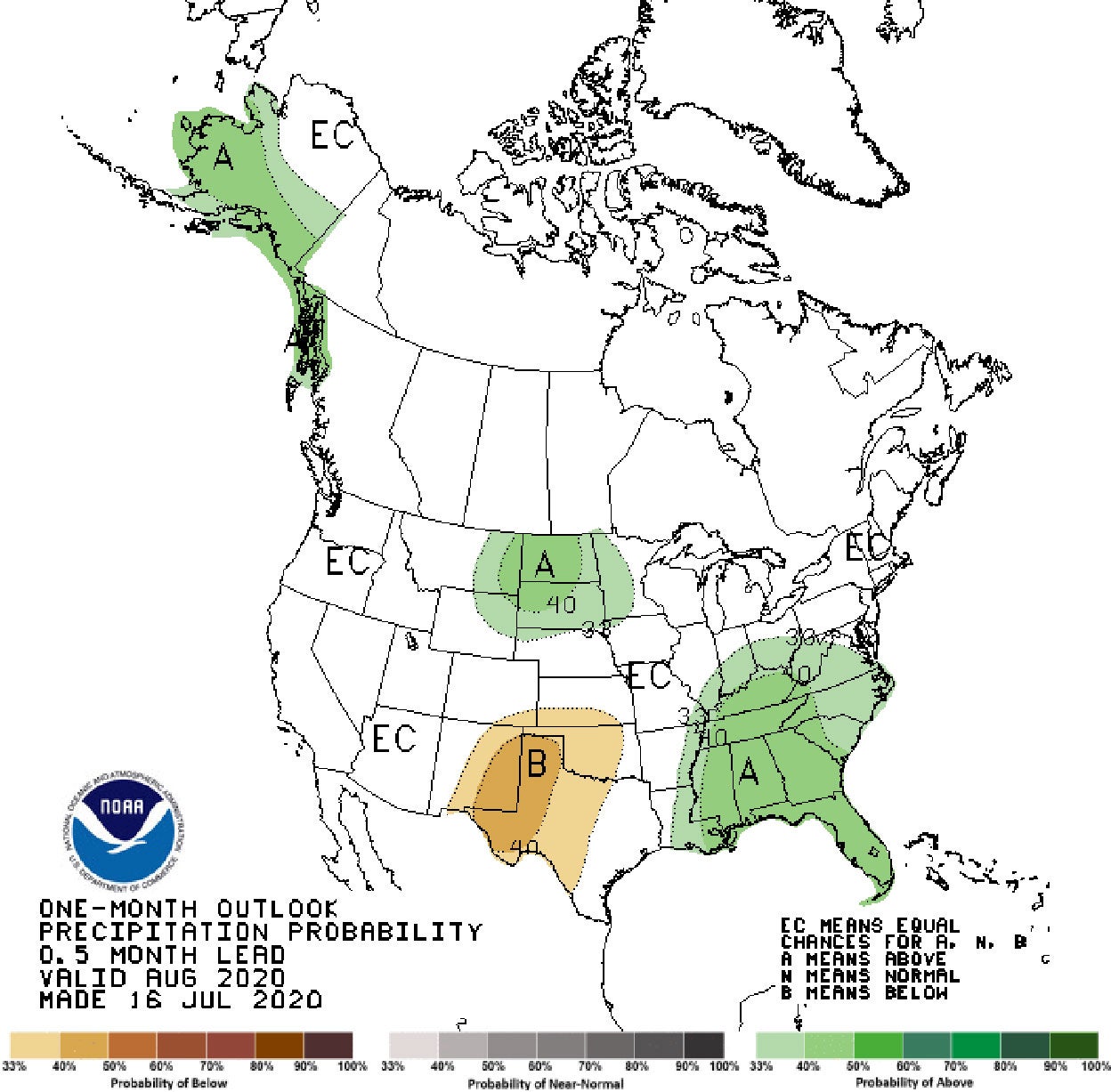
Late Summer 2020 Climate Outlook
Drought concerns in South Dakota may be relieved later this summer, according to the NOAA Climate Prediction Center’s seasonal outlook released this week.
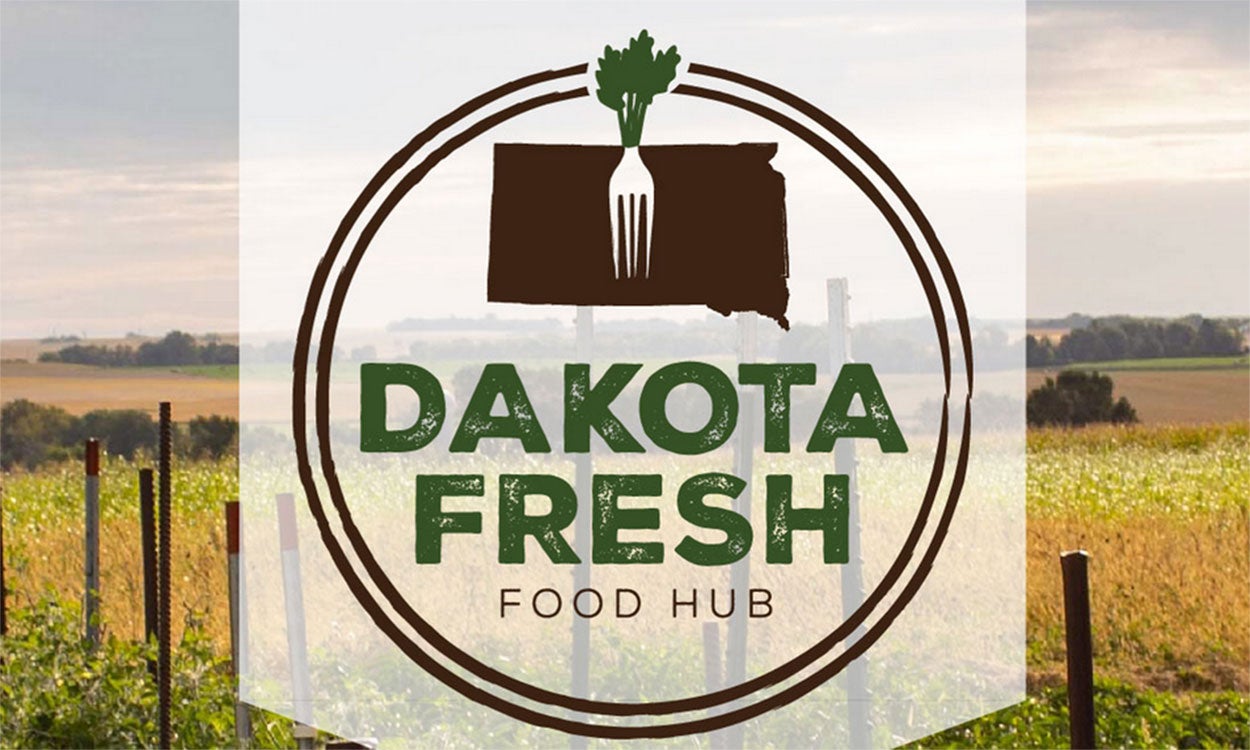
Dakota Fresh Food Hub Continues Connecting Local Farmers With Local Consumers
Interest in local foods continues to soar among consumers nationwide. Here in South Dakota, the Dakota Fresh Food Hub in the southeastern corner of the state is helping meet that local demand by providing an array of local foods to wholesale and retail customers.
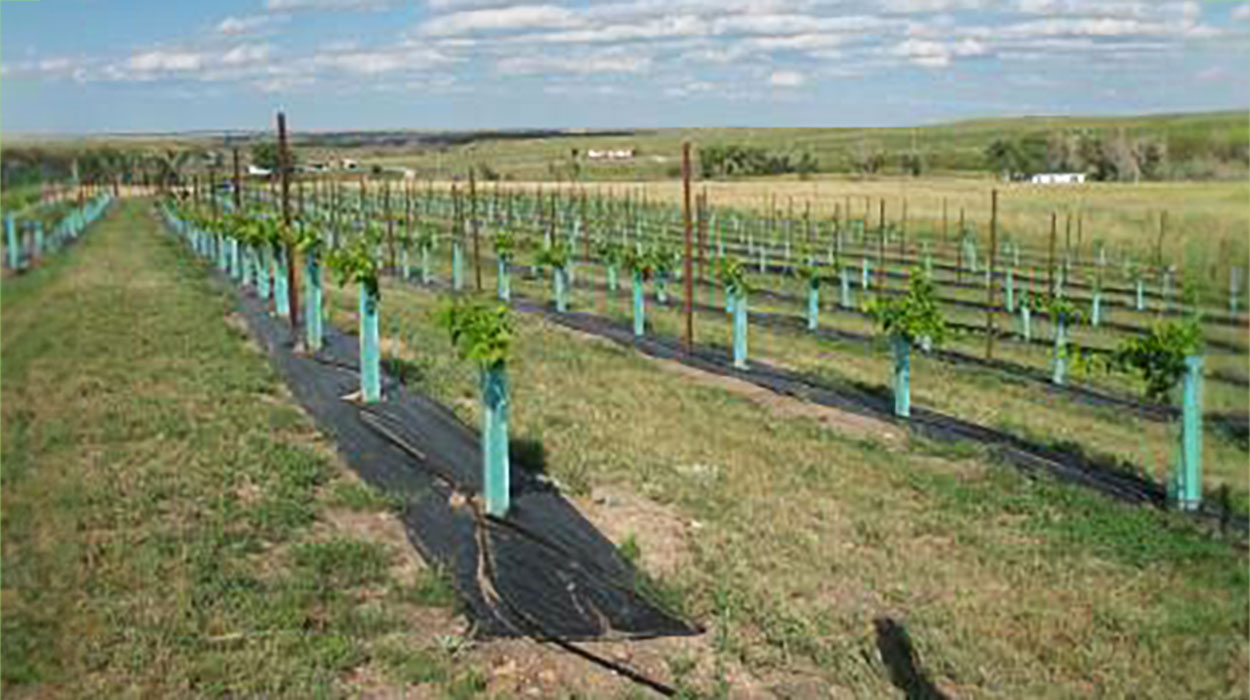
Grape Production Resources
Quality wine grapes can be grown in South Dakota with careful attention to growing site, cultivar selection and production techniques. View a collection of resources for getting started today.
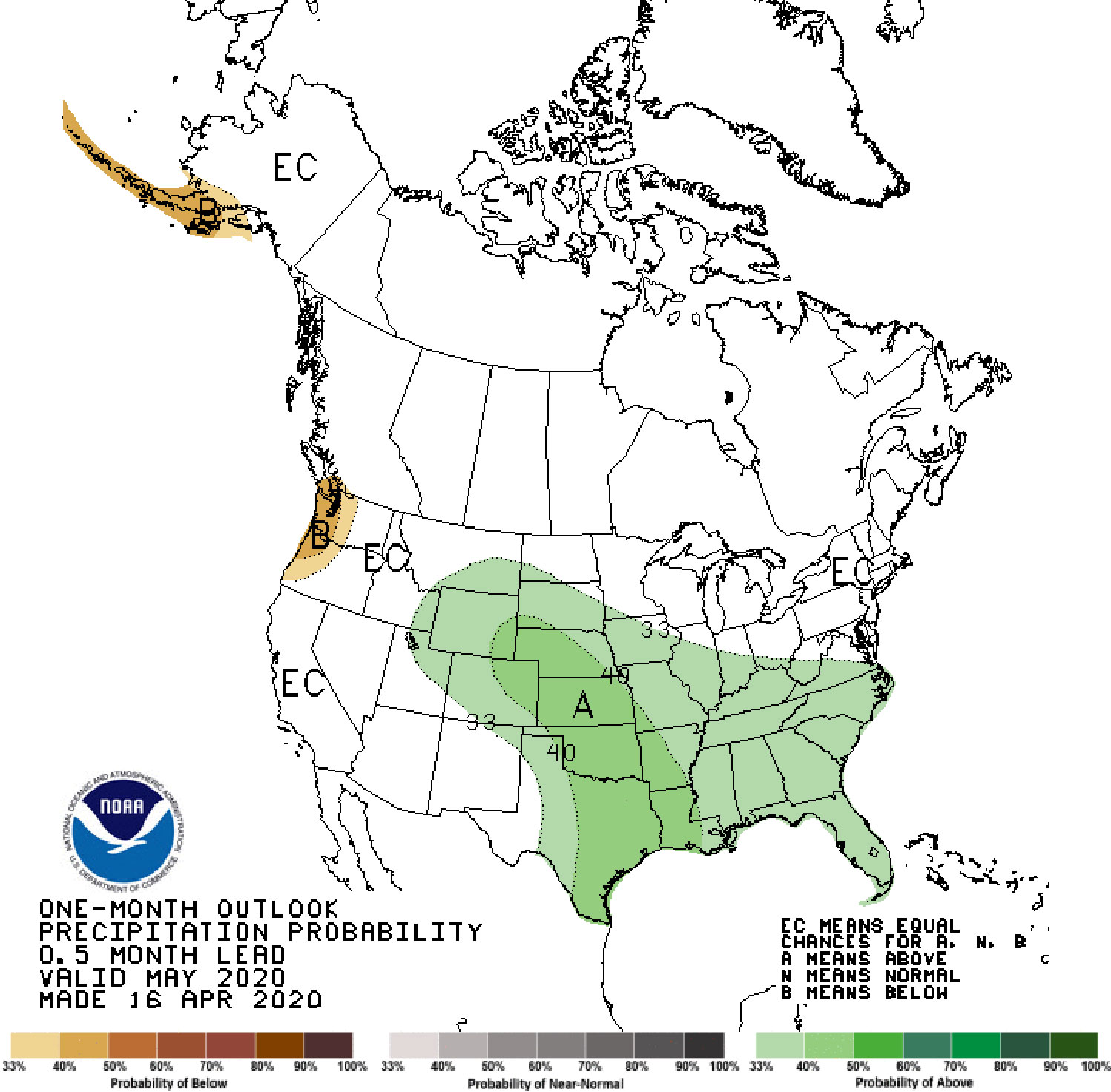
May 2020 Climate Outlook
On April 16, NOAA’s Climate Prediction Center released their climate outlook for May and the coming three-month period of May through July. There is a lot of uncertainty in the temperature outlook for the next one-to-three months in the Northern Plains Region.
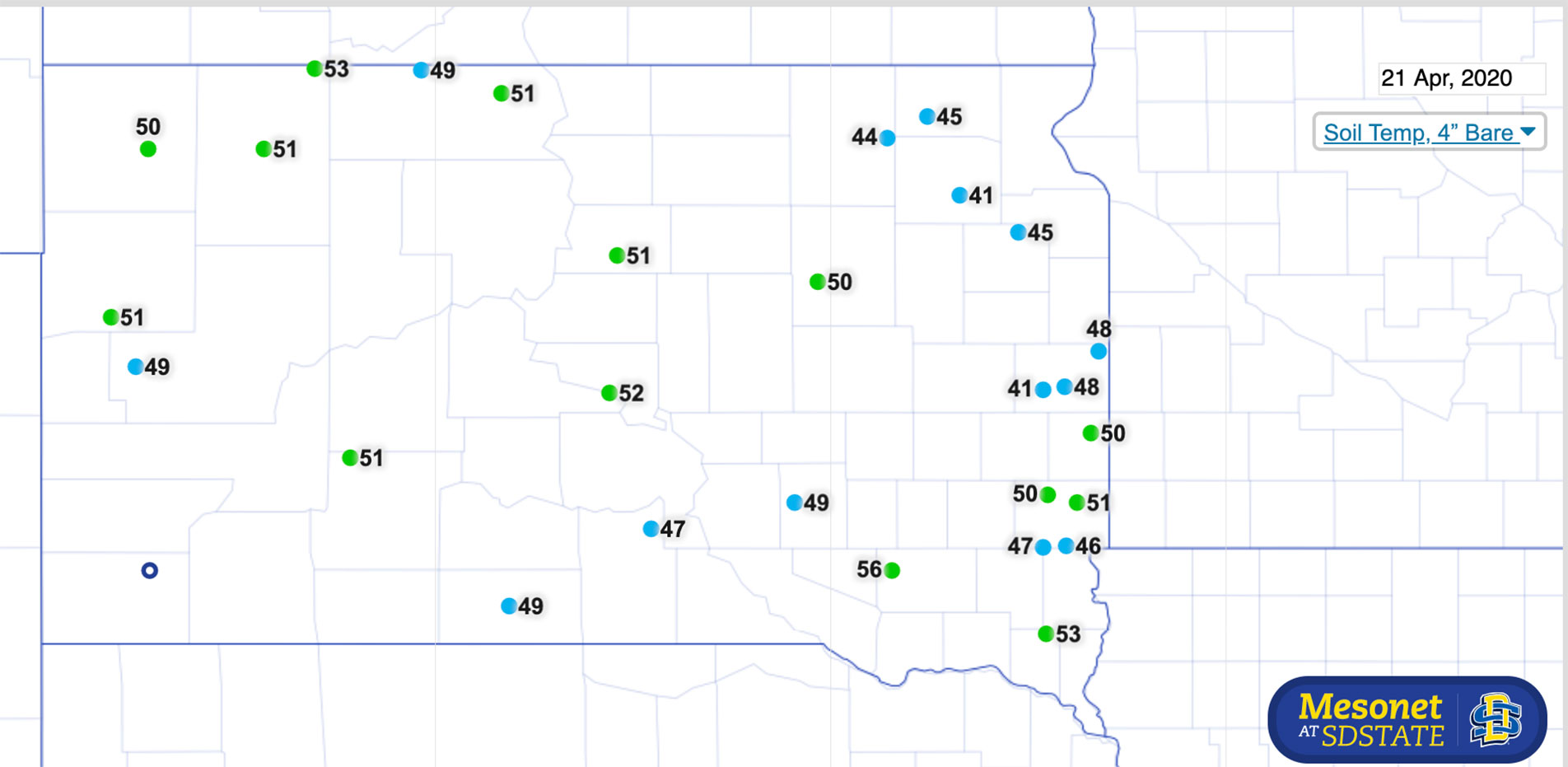
Soil Temperature for Planting Spring Crops
Soil temperature is an important consideration for deciding when to begin planting spring crops. If producers in South Dakota would like a quick reference for soil temperatures in their area, the SD Mesonet network measures soil temperature at several weather stations throughout the state.
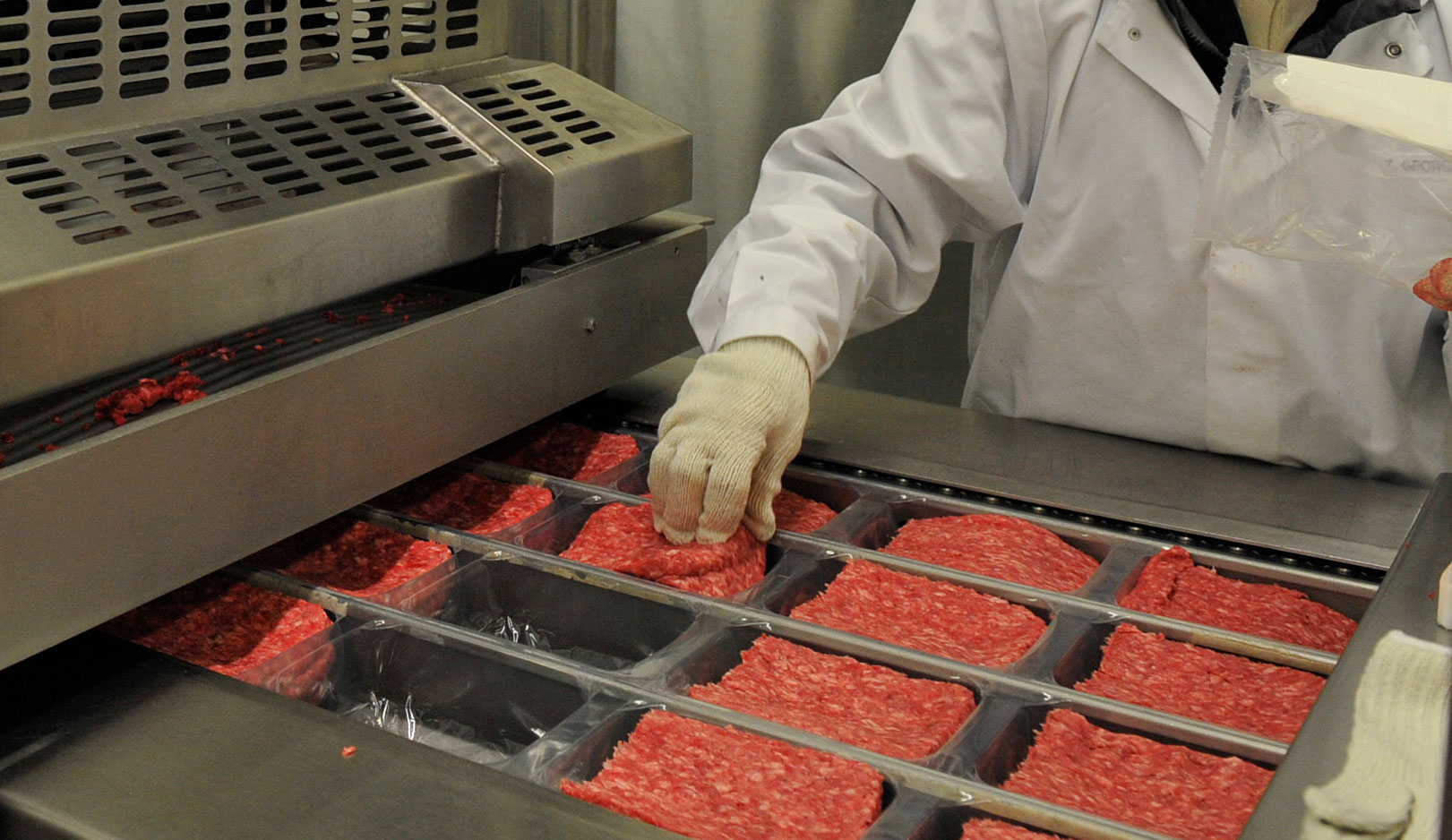
Meat Inspection in South Dakota: Requirements and Resources for Processing and Selling Meat
If you are considering marketing your animals directly to consumers it is important to understand the inspection requirements for selling meat directly to consumers.
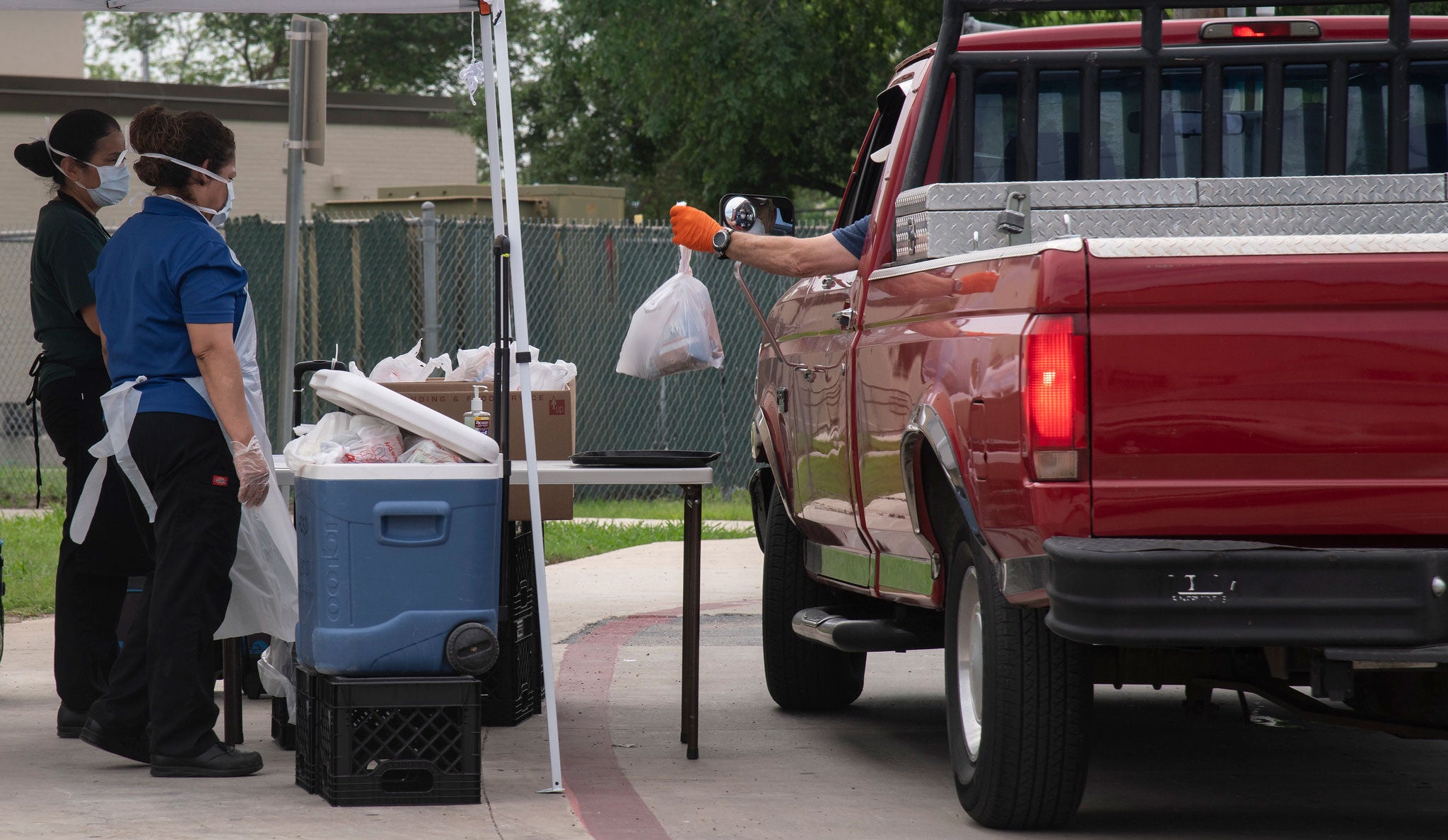
Farmers Markets and COVID-19
Farmers markets are a very important sector in South Dakota. The COVID-19 pandemic has raised a great deal of concern on trying to keep these markets open, while providing a safe environment for consumers to shop. This article is a guide to help farmers markets set up their operation in a manner that will best protect consumers and allow for continuation of operations.